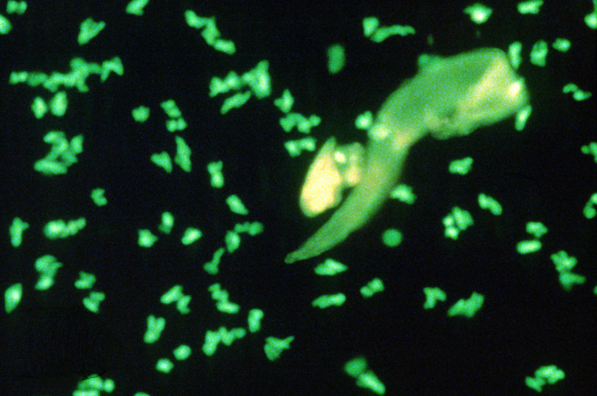The Biomass Research and Development Board's Conversion Interagency Working Group communicates and coordinates federal research, development, and demonstration activities related to biomass and carbon conversion.
These efforts enable commercialization of a wide range of new pathways to sustainably produce renewable fuels, co-products, and materials. This Interagency Working Group provides a mechanism for information exchange within the federal community and with university and industry stakeholders.
What Is Conversion?

Conversion is the process of turning a feedstock into a product. For this Interagency Working Group, it means using biological, chemical, thermal, or physical methods to turn renewable and recyclable carbon-feedstocks (biomass like corn stover or wastes like plastics and CO2) into bioeconomy products.
Why Is this Important for the Bioeconomy?
Conversion transforms products from agriculture and waste collection into low-cost fuels, high-value bioproducts, and biomaterials, and lower-emission power. Reliable and effective conversion processes are the centerpiece of the bioeconomy supply chain.
What Are the U.S. Government’s Goals for Conversion Activity?
Some of the federal government goals for conversion include:
- Communicate and coordinate federal research and development activities related to biomass and carbon conversion
- Enable the commercialization of a wide range of new pathways to sustainably produce renewable fuels, co-products, and materials
- Provides a mechanism for information exchange within the federal community and with university and industry stakeholders.
What Progress Has Occurred?
Scientists at universities, federally funded facilities, and in private industry in partnership with the federal government continue to make improvements in conversion processes. Several recent examples include:
- Increased interagency discussion on how technologies and concepts advanced by the bioeconomy can also support addressing global challenges with plastics1
- Supporting technology development to enable the first commercial flight using fuel from recycled waste carbon gases2
- Increased interagency discussion and federal research and development support for bioproducts produced from agricultural residues and energy crops, like tires made from guayule.
References
1. U.S. Department of Energy, Bioenergy Technologies Office. July, 2020. Plastics for a Circular Economy Workshop: Summary Report. DOE/EE–2074. https://www.energy.gov/sites/prod/files/2020/08/f77/beto-amo-mars-plastics-wksp-rpt-final.pdf.
2. U.S. Department of Energy, Bioenergy Technologies Office. April, 2019. “Bioenergy Technologies Office FY 2018 Successes.” DOE/EE-1971; https://www.energy.gov/sites/prod/files/2019/04/f62/FY18%20BETO%20Successes%20Fact%20Sheet_Final.pdf.
